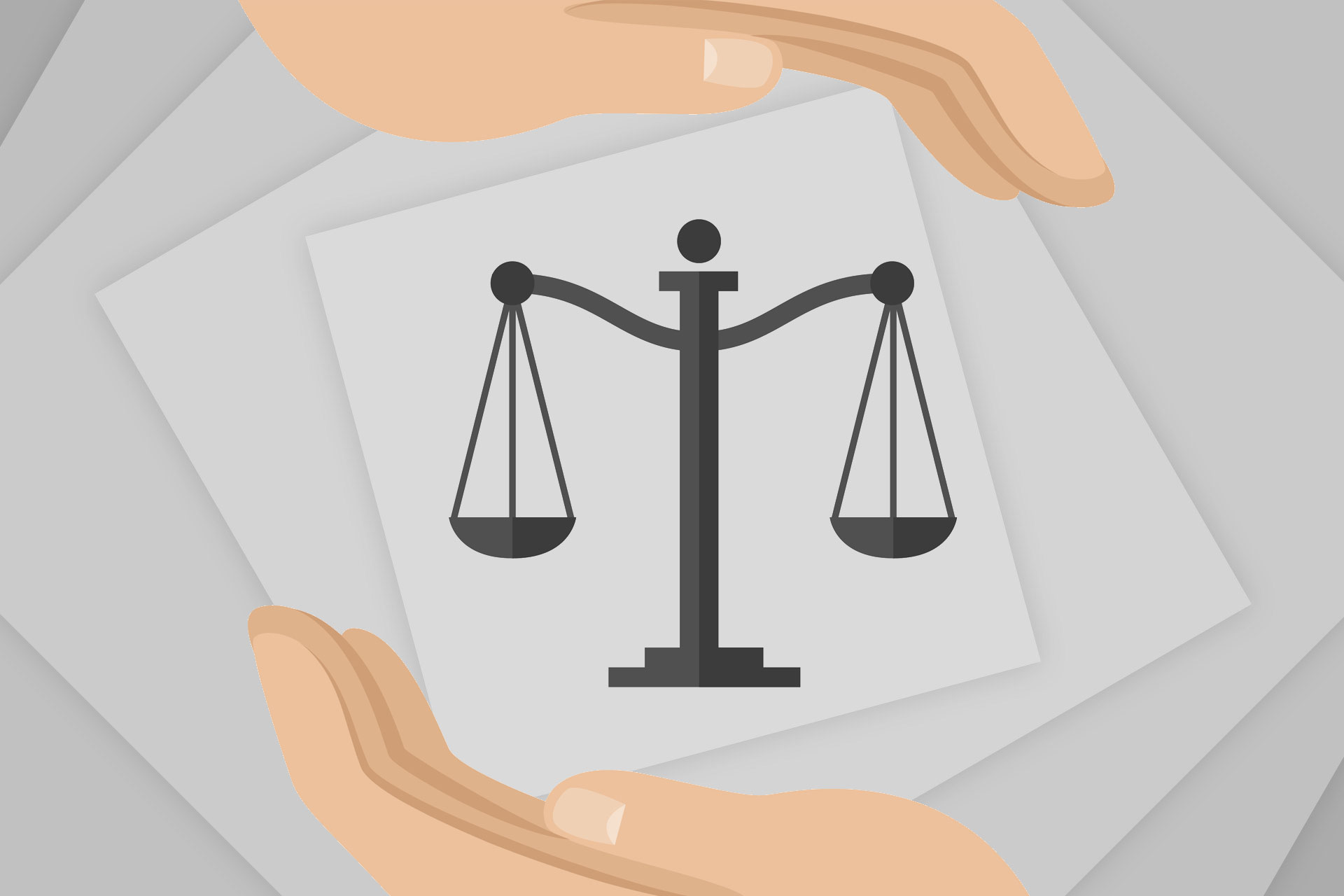MCQs—Indian Evidence Act, 1872 (Part-9)
| 1 | Document means—
(A) Any matter expressed upon any substance by means of letters or figures etc. intended to be used for the purpose of recording that matter (B) Any matter described upon any substance by means of letters, figures or marks etc. to be used for the purpose of recording that matter (C) Any matter expressed or described upon any substance by means of letters, figures or marks etc. intended to be used for the purpose of recording that matter (D) Any matter expressed or described upon any substance by means of letters, figures or marks etc. to be used for the purpose of recording that matter Ans: (C) [See Section 3, Para 5 of IEA] |
| 2 | Which are the documents under IEA—
(A) A writing is a document (B) Words printed/lithographed (C) Words photographed (D) All are documents Ans: (D) [See Illustrations to Section 3, para 5] |
| 3 | Which are the documents under IEA—
(A) A map/plan is a document (B) An inscription on a metal plate/stone is a document (C) A caricature is a document. (D) All are documents Ans: (D) [See Illustrations to Section 3, para 5] |
| 4 | The word evidence is defined under—
(A) Para 4 to Section 3 (B) Para 5 to Section 3 (C) Para 6 to Section 3 (D) Para 6 to Section 2 Ans: (C) [See Illustrations to Section 3, para 6] |
| 5 | The definition of evidence under Section 3, para 6 is exhaustive—
(A) True (B) False Ans: (B) [The said definition is not exhaustive] |
| 6 | Evidence means & includes all—
(A) statements which the court permits or requires to be made before it by witness in relation to the matters of facts under inquiry are called oral evidence (B) documents including electronic records produced for the inspection of the court (C) Both (D) None Ans: (C) |
| 7 | Mark incorrect statements—
(A) Oral evidence must be direct which can be perceived through senses (B) A document is evidence only when it is produced for the inspection of the court (C) Documentary evidence is most reliable piece of evidence (D) Contents of documents must be proved by primary evidence Ans: (D) [Contents of documents may be proved in two way: (a) by primary evidence (b) by secondary evidence] |
| 8 | Which Section of IEA mandates that oral evidence must be direct which can be perceived through senses—
(A) Section 59 (B) Section 60 (C) Section 61 (D) Section 62 Ans: (B) |
| 9 | As per Section 3, the seriatim of definition of ‘proved’ (sabit), ‘not proved’ (sabit nahi hua) and ‘disproved’ (Nasabit) be marked—
(A) Disproved—Proved—Not proved (B) Proved—Disproved—Not proved (C) Not proved—Disproved—Proved (D) Proved—Not proved—Disproved Ans: (B) |
| 10 | A fact is said to be proved when, after considering the matters before it, the Court either—
(A) believes it to exist (B) considers its existence so probable that a prudent man ought, under the circumstances of the particular case, to act upon the supposition that it exists (C) Both (A) & (B) (D) Only (B) Ans: (C) [Section Section 3, Para 7] |
| Prepared by Team LegalMines. Typographical error, if any, is inadvertent. | |
